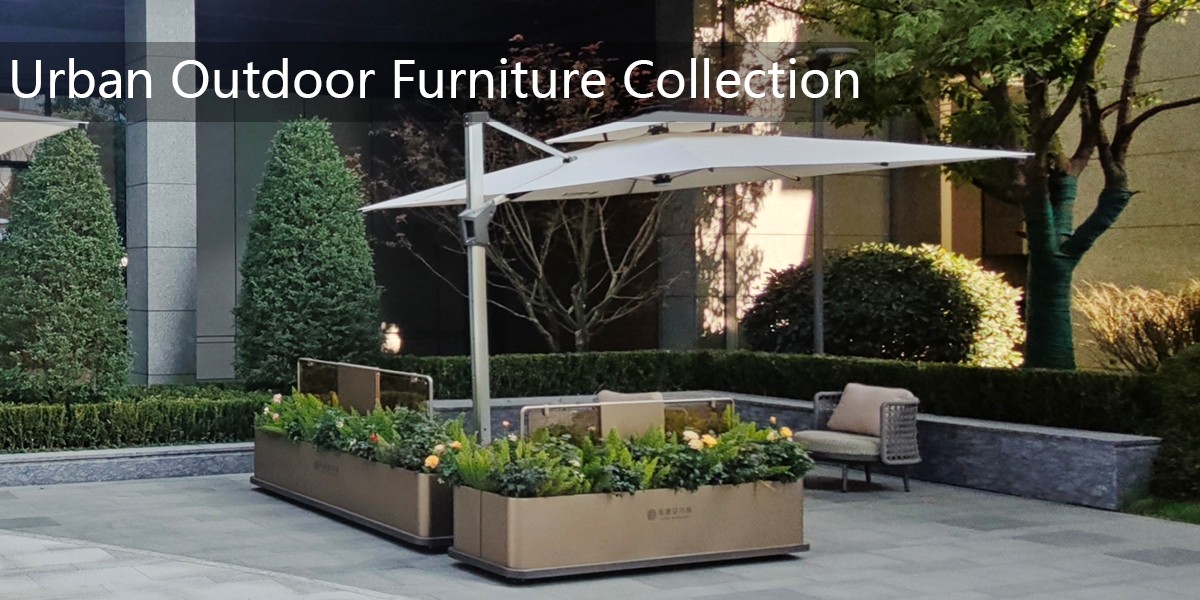Outdoor sculptures serve as silent storytellers, weaving narratives through carefully chosen symbols that resonate with viewers across generations. Artists employ visual metaphors in materials, forms, and compositions to communicate complex ideas without words. Bronze might represent endurance, while fragmented figures could symbolize societal divisions.
Scale plays a crucial symbolic role - towering figures may represent authority, while life-sized sculptures create intimacy. The positioning of elements carries meaning; upward gestures suggest aspiration, downward glances imply reflection. Cultural symbols embedded in sculptures become time capsules, preserving collective memories and values.
Environmental integration adds narrative layers - a riverside sculpture might reference local history, while park installations often symbolize harmony with nature. Abstract forms challenge viewers to interpret personal meanings, making the storytelling interactive. Through these techniques, static sculptures become dynamic conversation starters in public spaces.
Contemporary artists increasingly use symbolic juxtapositions - combining traditional materials with modern forms to represent cultural evolution. The weathering of outdoor sculptures itself becomes part of the narrative, with patina telling the story of time's passage. This multi-layered symbolic language transforms civic spaces into open-air storybooks, inviting endless interpretation.


